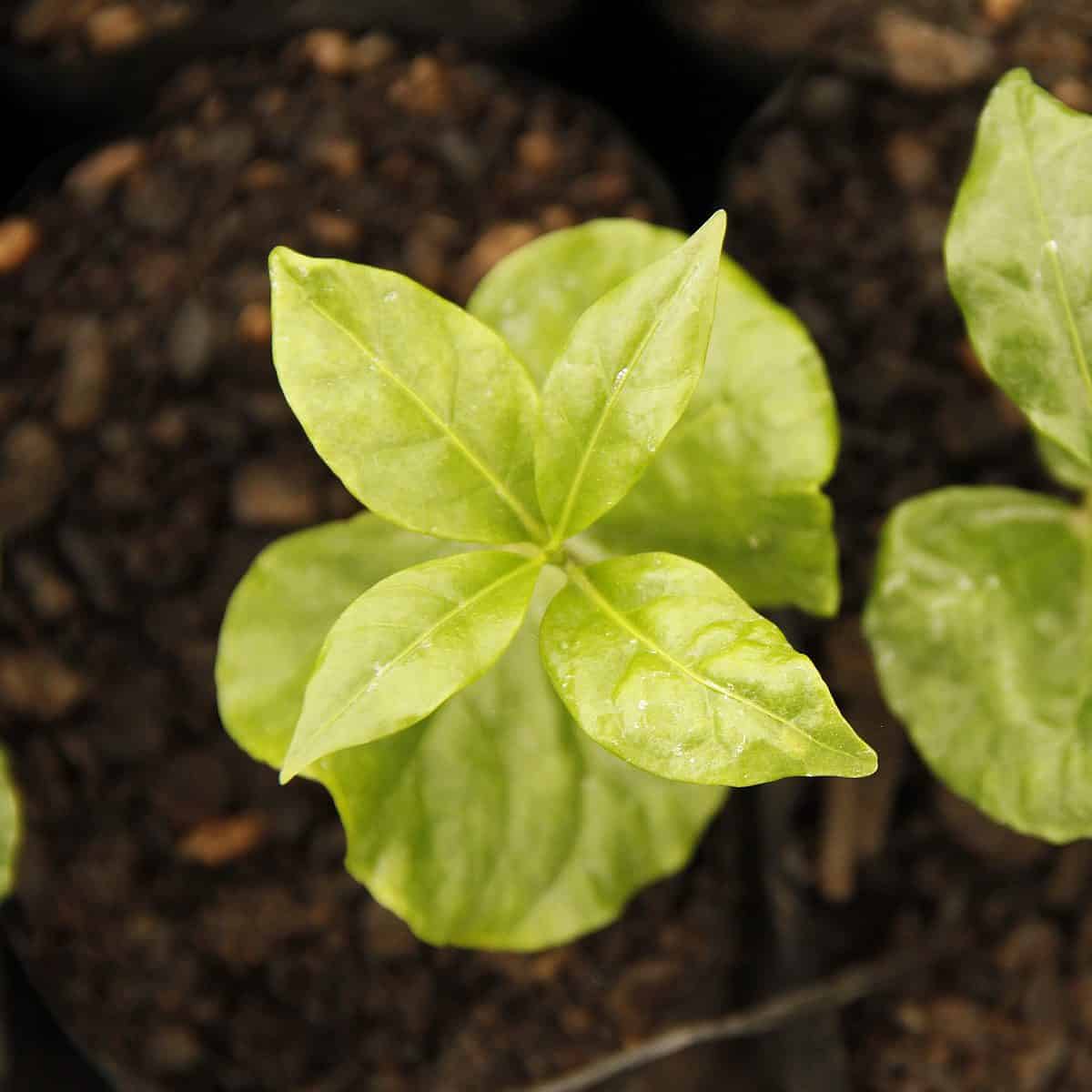According to the studies done recently, green coffee contains a powerful antioxidant called chlorogenic acid, which can help to reduce blood pressure and cholesterol levels. The antioxidant capacity of chlorogenic acid is said to be more potent than of ascorbic acid (vitamin C). It also signals the body to burn up stored fat.
Roasted coffee beans lose the greater part of this compound, but green beans contain around 85 mg/gram of coffee. These chlorogenic acids could be a valuable, inexpensive source of antioxidants.
Pricy green coffee bean extracts are now being marketed as a supplement, which prompted me to ask, why don’t we just make a drink like green tea? So, I blended 1 tablespoon of green coffee with a cup of water, strained the mix and came up with my own version of a green coffee drink. The taste is fine, and it seems like it could be mixed with vegetable or fruit juices to make a truly healthy beverage.
Green coffee beans may be another reason to grow coffee plants around the home for your own cup of java, but the big reason may be this. The government has tried to boost Costa Rica’s coffee production due to the leaf disease known as la roya and an insect called la broca, a weevil that bores into the coffee bean. The government’s plan includes loans to coffee growers to buy more pesticides! That means commercial coffee will now come with an extra dose of toxic residue.
Home-grown coffee is less likely to be bothered by pests and disease than coffee grown in large monoculture farms. With good applications of organic fertilizers, coffee plants thrive. As for the weevil, you can make a simple attractant trap from recycled plastic bottles. Coffee’s attractive, shiny, evergreen leaves, fragrant, star-like white flowers and bright red berries make coffee a useful ornamental shrub.
Each year a mature coffee plant can produce about 1 pound of processed coffee. Most coffee cooperatives around the country offer young plants for sale or you can try starting them from seeds.
You may also spray the plants with seaweed extract (alga marina) and grapefruit seed oil extract (KILOL) to keep them free of leaf diseases, like la roja.
The first harvest for young coffee plants comes in the third year, and they may continue in production for more than 20 years. To process the coffee beans, which are actually seeds, you must remove the cherry-like fruit pulp from the seeds with a hand corn grinder (maquina de moler), which has been opened all the way to permit the seeds to pass through without damaging them.
The pulp can then be separated from the seeds by washing them in a 5-gallon bucket or tub. The pulp will float and can be scooped off the surface of the water.
Next, you’ll need to dry the beans in the sun on screens or trays until they are crisp. The coffee beans can be stored at this stage or passed once again through the corn grinder, but this time with a slightly tighter setting, so the outer husk of the seed will be removed. This paper-like skin is called pergamino in Spanish or parchment.
Now you can toast the coffee beans, preferably in a large cast iron skillet. Here you can custom roast the coffee; light brown for a mild flavor or almost black for a strong blend. The toasted beans are then ground in a small coffee grinder, a blender or the corn grinder with a tight setting.
Although coffee can be considered a cardio-stimulant and a good laxative, excessive use of coffee can cause secondary effects, such as nervousness, irritability, insomnia, muscle tension, high blood pressure, heart palpitations, stomach distress, gastritis, ulcers and poor assimilation of nutrients in the intestines.
So, for your own well-being, try cutting down on your coffee intake. And for a healthier planet, try growing some eco-friendly coffee right at home.

